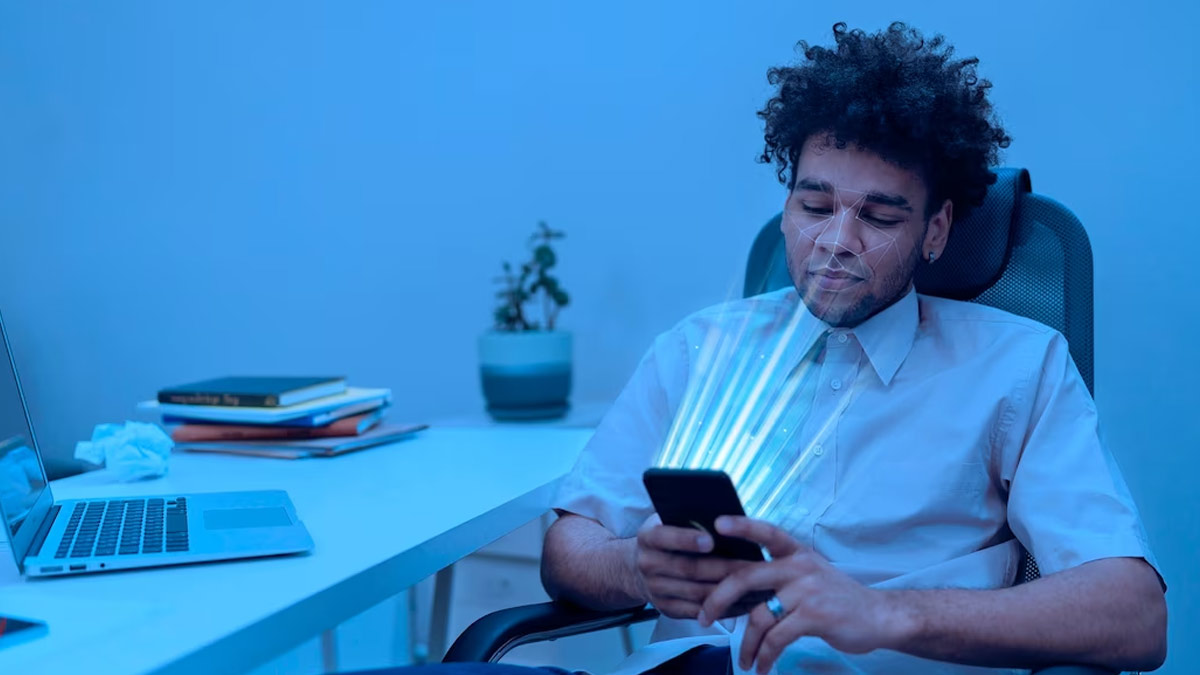
One of the colours in the visible light spectrum is blue light. Red, orange, yellow, green, indigo, and violet round out the colour spectrum. Together, they produce white light. This is the white light that comes from the sun.
Table of Content:-
When it comes to blue light (400–500 nm wavelength), it is shorter and more energetic. It is believed that the retina, a layer of cells along the rear wall of the eye that perceive light and send messages to the brain so you can see, can be harmed by blue-light exposure. To check the veracity of statements such as these, we spoke to Dr Ajay Sharma, Ophthalmologist and Chief Medical Director - EyeQ.
Blue Light Is Not Natural
"Blue light does present in nature, but it didn't become a major news story until electronic gadgets like computers, laptops, tablets, and smartphones became more widely used in daily life," said Dr Sharma.
He said that sunlight naturally emits a blue hue. The human body is typically designed to absorb a certain amount of daylight, but when we change that to spend more time using electronic gadgets at night, we mess up our circadian rhythms, which impacts our health.

Also Read: Blue Light From Screens Causes Aging & Pigmentation: Expert's Tips To Manage That
Blue Light Can't Be Blocked By Eyes
Dr Sharma said, "While the human eye doesn't completely block blue light, it has certain natural defences to mitigate its potentially harmful effects." He added that the cornea and the lens of the eye can absorb some blue light, reducing its transmission to the retina. Additionally, the pupil constricts in bright light conditions, which helps to limit the amount of blue light entering the eye.
All Blue Light Harms Eyes
"Blue light from electronic gadgets has a poor reputation for being harmful and harming our eyes but not all blue light is harmful to our eyes," said Dr Sharma.
He added that certain kinds of blue light are beneficial for our bodies. "When persons with seasonal depression, known as Seasonal Affective Disorder (SAD), are exposed to high levels of blue light during the day or all at once artificially, their sleep habits can improve," he explained.
Digital Eye Strain Cannot Result From Blue Light

Dr Sharma said, "This is false and your eye can strain as a result of staring at a computer for a lengthy period of time." He added that red, dry, or itchy eyes, headaches, or blurry vision are some symptoms of this condition.
Also Read: Helpful or Hype: Can Blue Light Glasses Prevent Digital Eye Strain? Know From Ophthalmologist
Digital Eye Strain Cannot Be Avoided
Dr Sharma said, "We need to take breaks from staring at computer screens for our eyes. Practise the 20-20-20 rule, which states that you should look 20 feet in front of you for 20 seconds every 20 minutes."
Blue Light Cannot Hasten Macular Degeneration
According to the University of California, long-term and continuous exposure to blue light has the potential to harm the cells in our retina and lead to vision issues, including age-related macular degeneration. According to Dr Sharma, "While scientists are investigating the connections between excessive blue light exposure and macular degeneration, experts think the two are related."
[Disclaimer: This article is for informational purposes only. Consult your healthcare provider to get a thorough diagnosis and treatment as per your health needs.]
Image Credits: freepik
Also watch this video
Read Next
4 Common Cholesterol Myths Debunked
How we keep this article up to date:
We work with experts and keep a close eye on the latest in health and wellness. Whenever there is a new research or helpful information, we update our articles with accurate and useful advice.
Current Version